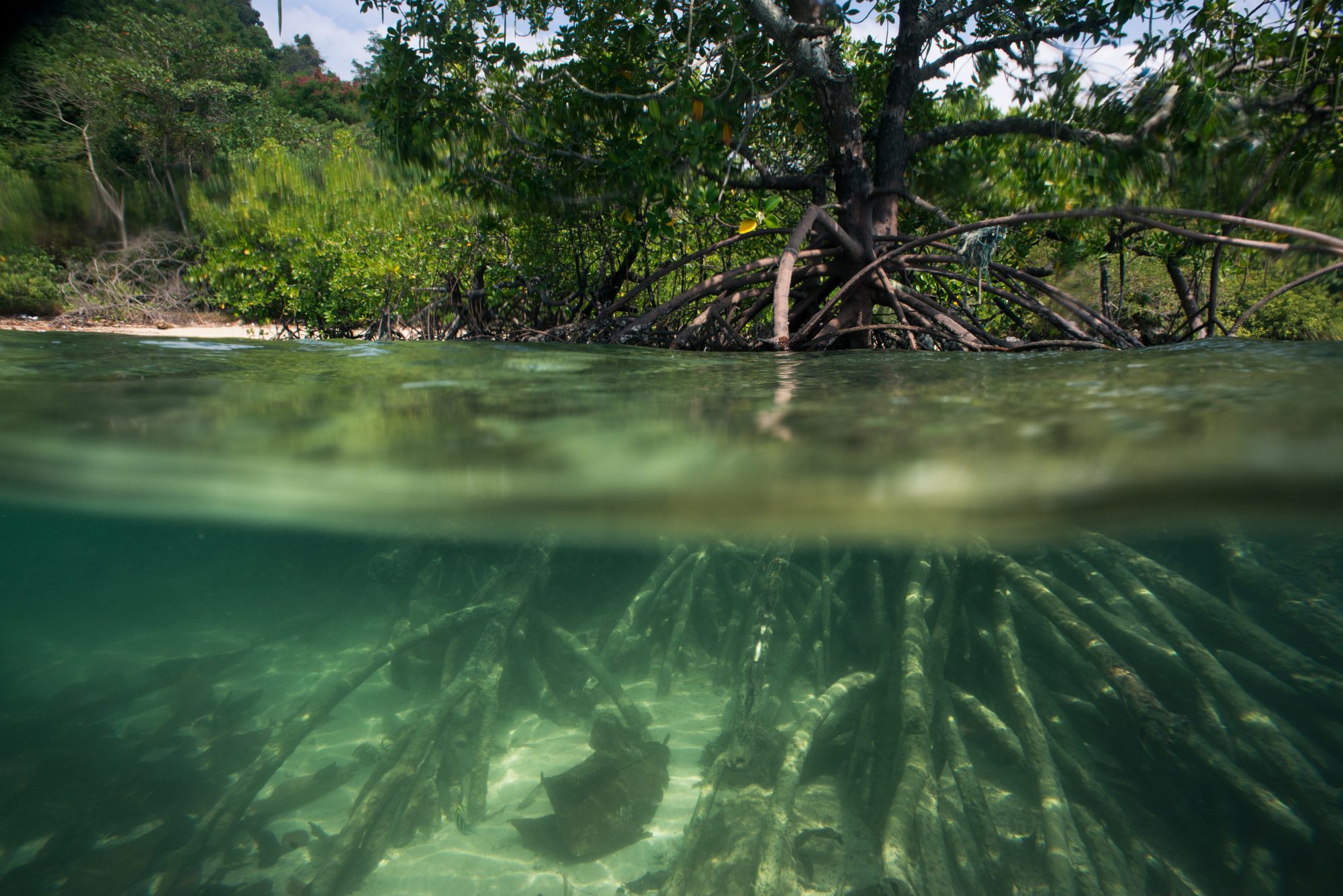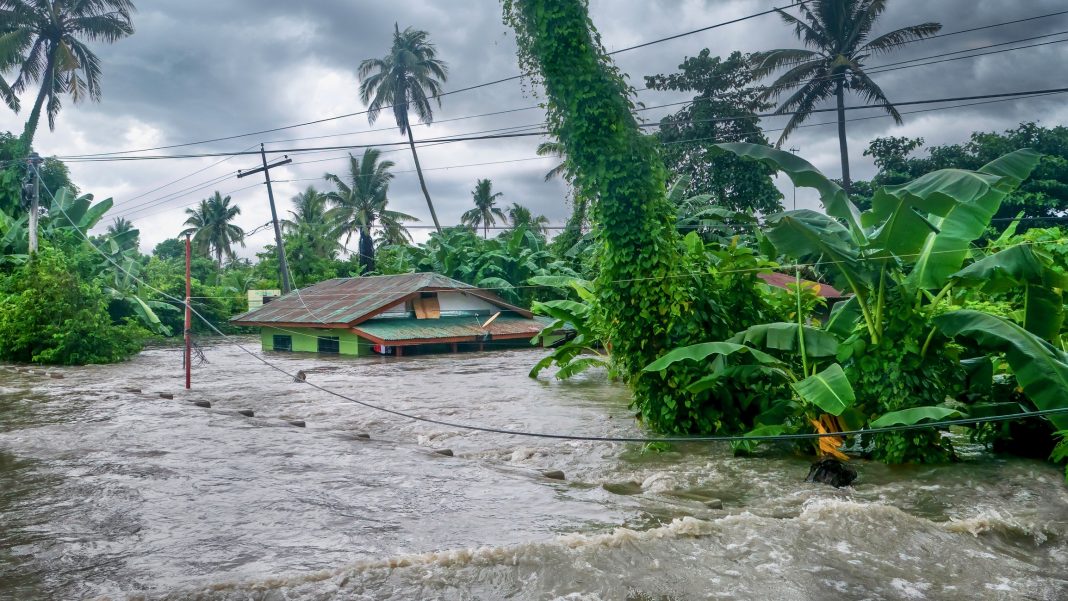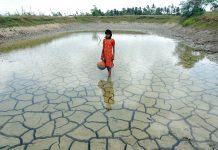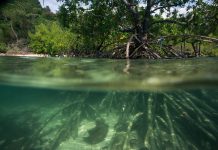Nature restoration projects are needed across Southeast Asia to help the region better adapt and tackle climate change, but estimated annual costs could be exceptionally and unreachably large
Ecological and economic uncertainty in the Southeast Asian region is intensifying as climate change continues to disproportionately impact Asian economies and nature in the region.
According to a new estimate by the Imperial College Business School, the annual cost of nature restoration across Southeast Asia could total $200 billion. In this study, focusing solely on Malaysian nature restoration, notes that this will require huge private-sector involvement.
To tackle this immense estimated cost, researchers are looking to well-structured capital market instruments such as sustainability-linked bonds (SLBs) to scale up investments in nature restoration projects.
SLBs and other capital market instruments are one way to gain support from fixed-income investors to back the Malaysian government’s biodiversity ambitions, the researchers at Imperial’s Centre for Climate Finance & Investment (CCFI) say.
Using sustainability-linked bonds to get the private sector on board
The study first looks at financial instruments and SLBs available to support the funding of much-needed nature restoration projects in the region.
SLBs, of which some US$73 billion were issued globally in 2022, tie organisations to certain sustainability commitments via penalties that are incurred for targets missed.
The researchers propose the use of credible and verifiable key performance indicators (KPIs) in administering these SLBs.
Tying organisations to sustainability commitments via penalties for targets missed
As well as biodiversity-linked SLBs, researchers also suggest that a broad range of financial instruments are available for use and offers viable avenues for generating private sector investment in the region as it looks to fund crucial nature restoration and action projects.
As nature investments offer both a financial and powerful response to the climate and nature emergency in Southeast Asia, the study stresses the variety of choices available via financial and nature market instruments.

Mangrove restoration projects are a ‘powerful nature investment opportunity’
One of the biggest nature restoration investments needed is for mangrove restoration projects, which could drastically improve coastal responses to climate change.
These restoration projects offer asset owners, insurance companies and impact investors’ cost savings or financial returns.
The only negative aspect is while these projects represent a potentially powerful nature investment opportunity in Southeast Asia, scalable business models remain in their infancy and may advise against overreliance on carbon credits to provide the investment case for nature.
Instead, the head of the study, Dr Holtedahl, encourages long-term incorporation of nature benefits into broader corporate investment decisions.
Reflecting on the findings of the report, Dr Holtedahl said: “The opportunities available to encourage private investors to consider nature investments when making financial decisions are manifold.
“Climate change is already impacting Southeast Asian economies and, together with the risk of ecosystem collapse, provides a strong motivation for investing in nature. This paper has framed the case for nature investing from both a public and private perspective.
“We have highlighted that investors stand to benefit greatly from nature investments – whether it be for resilience, portfolio diversification, or cost reduction efforts. We hope that this report offers some insight into the potential entry points for investors in the region.”















